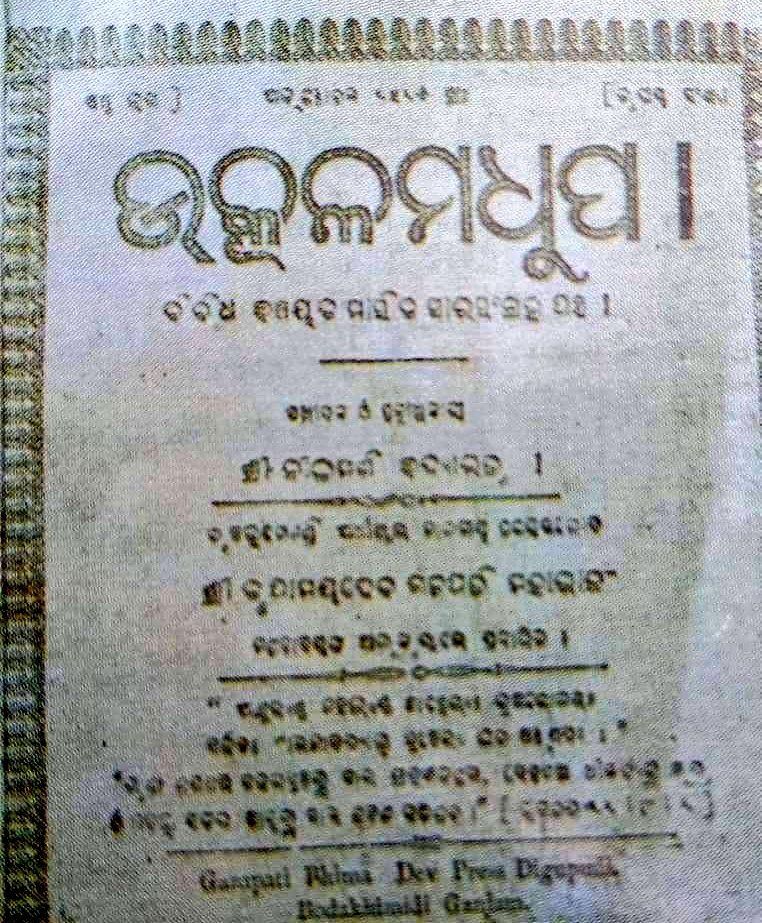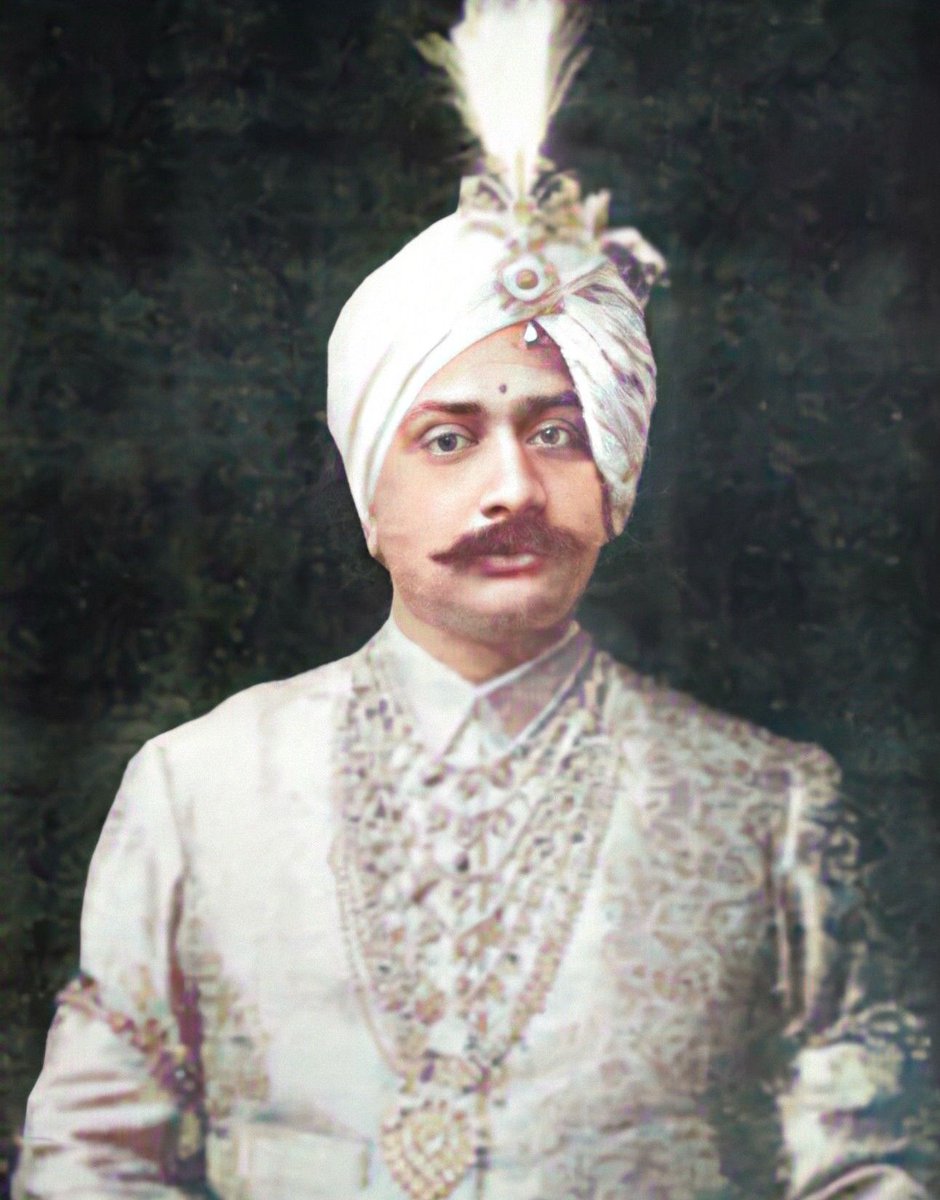
Thotlakonda Buddhist heritage:
Thotlakonda Buddhist Complex Lies about 15 km from Visakhapatnam city on the way to Bheemili town on a hill about 128 mts. Thotlakonda was well within the influence of ancient #Kalinga region which was an important source of dissemination of
1/n
Thotlakonda Buddhist Complex Lies about 15 km from Visakhapatnam city on the way to Bheemili town on a hill about 128 mts. Thotlakonda was well within the influence of ancient #Kalinga region which was an important source of dissemination of
1/n

Buddhist culture to Sri Lanka and various parts of south-east Asia. It provides an insight into the process of Trans Oceanic diffusion of Indian culture, especially Buddhism. A hill on the sea coast with salubrious climate was an ideal attraction for the Buddhist monks to
2/n
2/n

build a monastery complex here. The placid sea sheltered by the deeply in curved coastline here, provided a safe haven for anchoring ships. Thotlakonda came to light during an aerial survey by the Indian Navy for setting up a Naval Base. After its discovery, major
3/n
3/n

excavations have been conducted by the Andhra Pradesh State Archaeology Department during 1988 - 1993. The excavations established the existence of a Hinayana Buddhist complex which flourished 2000 years ago. To the South of the complex there is a tank which served as
4/n
4/n

a water source to the inhabitants of the monastery. The excavations reveal kalinga period lead and Roman silver coins indicating foreign trade; Terracotta tiles stucco decorative pieces, sculptured panels miniature stupa models in stone, Buddha padas etc.; were also found.
5/n
5/n

The excavations also yielded 12 Brahmi Label inscriptions. From the Polygraphic studies, it appears that the hill might have been known as senagiri. "Sena" in Pali means elder, superior.
6/n
6/n

Thotlakonda witnessed peak activity between the 2nd Century B.C. and the 2nd Century A.D. owing to brisk Roman trade and religious missions sent abroad.
Thotlakonda did not exist in isolation. It came into existence along with nearby sites in Visakhapatnam
7/n
Thotlakonda did not exist in isolation. It came into existence along with nearby sites in Visakhapatnam
7/n

district like Bavikonda and Pavurallakonda.The lofty stupas shining during the day with their light lime plaster and with rows of wick lamps during nights might have served as guiding landmarks of Nautical Commuters. There appears to have been no royal patronage
8/n
8/n

for this monastery. However traders and local believers seem to have supported the complex. In its heyday Thotlakonda might have accommodated more than 100 Buddhist monks. The complex had arrangements for storing food, clothing, medicines and served as a religious cum
9/n
9/n

academic centre. Hinayana Buddhism appears to have been practiced here which involved worship of Gautama Buddha . Thotlakonda declined by the end of 3rd Century A.D. Historians opine that it could be due to the rise of Hinduism and decline in maritime trade. 

• • •
Missing some Tweet in this thread? You can try to
force a refresh
























